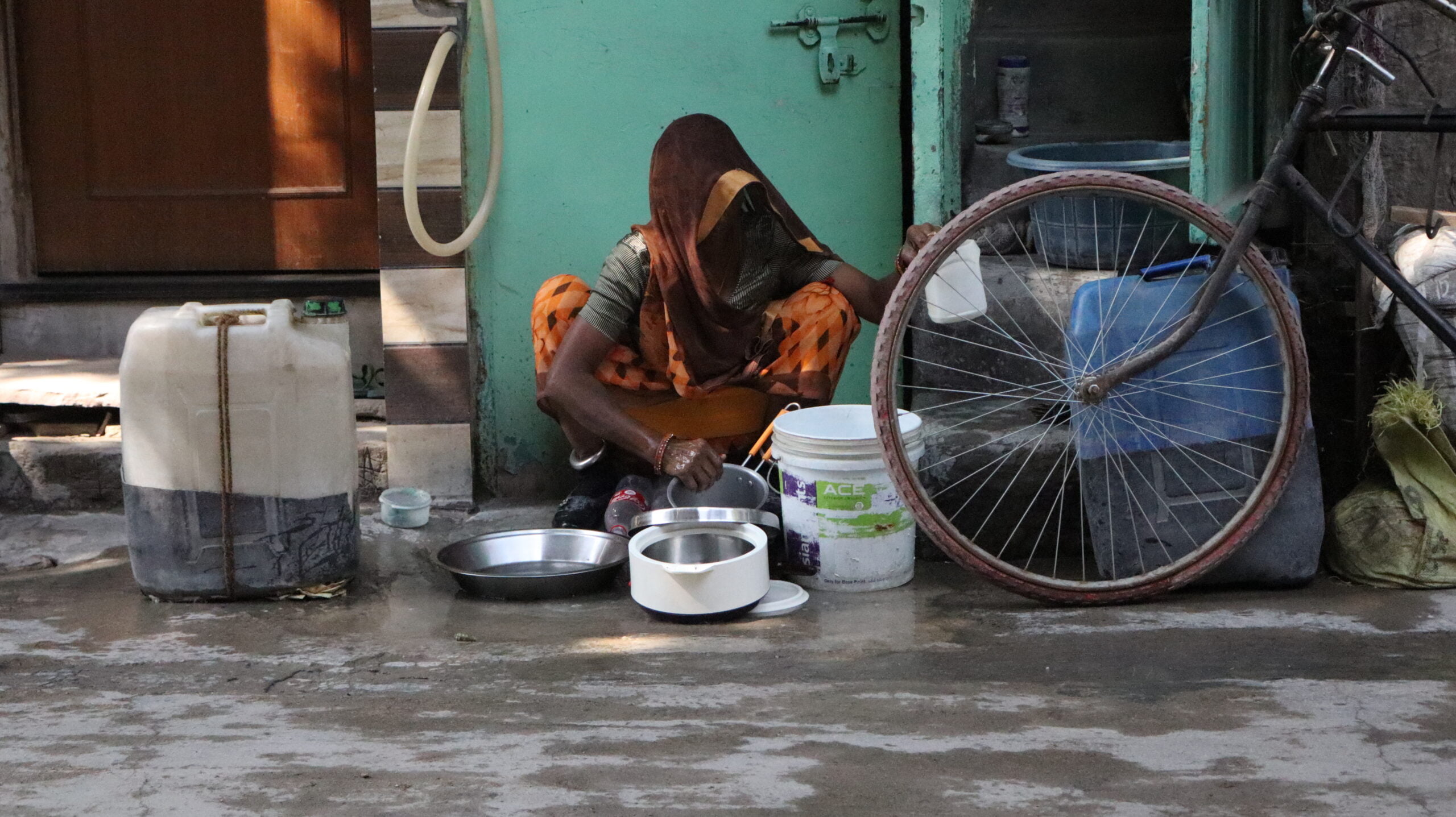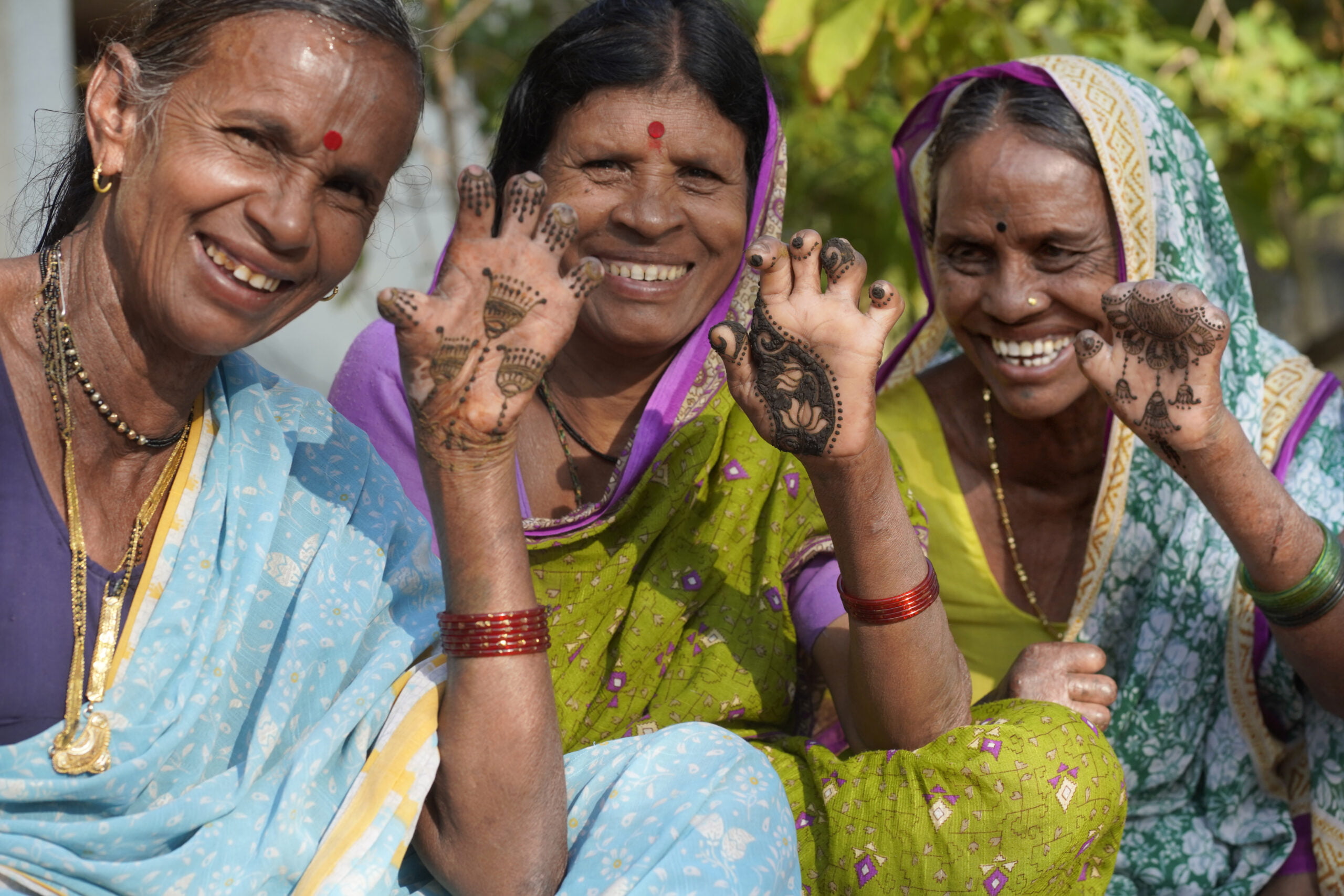Fast fashion is a term that is used to describe the highly competitive and exploitative business model that replicates high-end fashion designs and celebrity fashion trends, by mass-producing and selling them at low cost. In this poster series we take a look at the flip side of fast fashion!
What is Fast fashion?
The catch with fast fashion is that it relies on the fact that it is designed to be replaced quickly, and thus the wheel keeps turning and money keeps coming.

What is wrong with fast fashion?
From a distance, fast fashion with all its trends at cheap prices may look cool and amazing. Buying clothes that are “in style” several times a year looks dreamy and almost unreal. But everything has a price. Here the price is paid by the garment factory workers who are exploited from angles, by the big brands and labels.

Also read: What Is Fast Fashion?
The real picture behind fast fashion
From cheap labour and inhumane working conditions to unreasonable work hours, the conditions of the garment factory workers is dire. Women from developing countries account for almost 85% of the workforce of the garment industry. They work under hazardous health conditions, earn low wages for long hours, face sexual harassment and have even died in the process.

On 24 April 2013, the Rana Plaza building in Dhaka, Bangladesh, that housed five garment factories collapsed, killing at least 1,132 people and injuring more than 2,500 people.

Also read: The Rana Plaza Accident and its aftermath
This exploitation is further aided by big fashion brands that reap the rewards of the workers’ labour while denying them basic human rights. Child labour too is very much dominant in the garment-producing industry. According to the campaign ‘Labour Behind The Label’, workers in India reported verbal harassment, gender discrimination, and unspecified wage deductions.

Also read: Fast Fashion Is A Feminist Concern. Here’s What You Can Do
Environmental impact of fast fashion
Fast fashion has some very serious negative impacts on the environment. These include water pollution, toxic chemicals being used for production and dyeing, and enormous amounts of textile waste. Textile dyeing is the second largest polluter of clean water globally, after agriculture. Furthermore, according to a study, the clothing industry produces 20% of the world’s wastewater and 10% of global carbon emissions.

Fast fashion and feminism
Fast fashion is a feminist issue too. Because most marketing gimmicks of clothing labels and brands centre around telling the buyers how they will look, convincing them that they need to buy the latest trends. And most times, the purchasing power is dictated by class and caste prejudices. Therefore, there is a need to move towards a more egalitarian framework.

What can be done?
Even a small step towards sustainable purchase will go a long way in the bigger fight against the exploitative trend of fast fashion. Reusing, repurposing old clothes, thrifting, are some of the many alternatives to counter the spinning wheel of fast fashion. Using natural and organic fabrics instead of heavily blended fabrics is another option. Sustainable fashion is the goal that needs to be reached, one step at a time.

About the author(s)
Shriya is a former student of literature and a multimedia journalist with an interest in sports and human rights. She can be found watching Shah Rukh Khan movies or listening to Ali Sethi and 90s Bollywood songs. She enjoys a good cup of black coffee multiple times a day and is often compared to 'Casper, the friendly ghost'.




